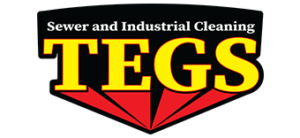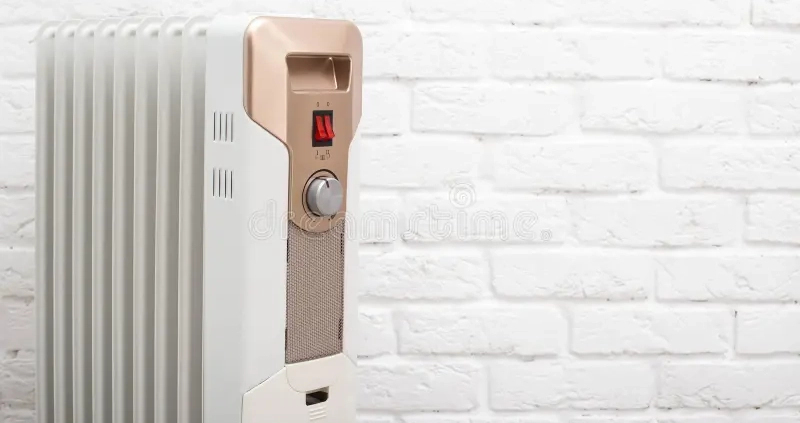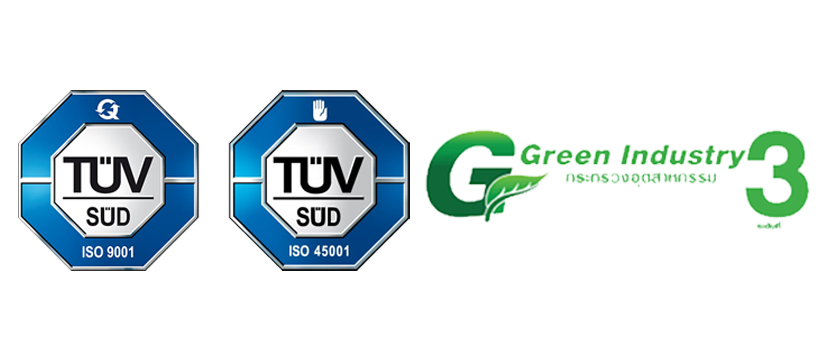Optimising Heat Exchanger Performance: Tips for Effective Cleaning
Heat exchangers play an integral role in various industries by transferring heat from one medium to another. However, they require regular cleaning to maintain optimal performance. Here are some tips for cleaning heat exchangers.
High-Pressure Water Jetting
High-pressure water jetting is a common cleaning method for heat exchangers. It involves using a high-pressure water jet to remove fouling or deposits from the heat exchanger’s interior. The water jet is inserted into the exchanger’s tubes or channels and moved back and forth to remove any buildup, making it effective for removing hard deposits, such as scale or rust.
Routine Maintenance
Preventative maintenance is vital to keeping heat exchangers running efficiently. Regular visual inspections can help identify potential issues before they become major problems. Maintenance schedules should include cleaning the exchanger at regular intervals.
The frequency of cleaning depends on the type of fouling, the material of the exchanger, and the operating conditions. It is important to consult the manufacturer’s recommendations for cleaning frequency.
Clean Inside and Out
Cleaning the heat exchanger’s interior and exterior is important for maintaining optimal performance. The exterior of the exchanger can accumulate dirt, dust, and debris, which can affect its heat transfer capabilities. Exterior cleaning can be done using a pressure washer or by wiping the surface with a cloth.
For interior cleaning, high-pressure water jetting is the most common method. However, chemical cleaning may be necessary for removing certain types of fouling.
Innovative Solutions
Innovative cleaning solutions are available for heat exchangers. For example, ultrasonic cleaning uses high-frequency sound waves to create microscopic bubbles that implode, removing fouling from the surface of the exchanger. This method is effective for removing fouling from hard-to-reach areas, such as the interior of small tubes.
Another innovative solution is robotic cleaning, in which robots can be used to clean the exchanger’s interior, reducing the need for manual cleaning and minimising downtime.
Use the Right Cleaning Chemicals
Cleaning chemicals should be selected based on the material of the exchanger and the type of fouling. Using the wrong cleaning chemical can damage the exchanger or be ineffective at removing the fouling. It is important to consult the manufacturer’s recommendations for cleaning chemicals.
In some cases, environmentally friendly cleaning chemicals may be used, which are less harmful to the environment and do not pose a risk to workers.
Follow Safety Procedures
Cleaning heat exchangers can be dangerous if proper safety procedures are not followed. Before cleaning, wearing appropriate personal protective equipment (PPE) such as gloves, goggles, and a respirator is essential.
It is also important to follow the manufacturer’s cleaning instructions and use caution when handling chemicals and high-pressure water jets. Workers should be trained on properly using cleaning equipment and chemicals to minimise the risk of injury.
Finally, properly storing cleaning chemicals is also crucial in ensuring their effectiveness and minimising environmental impact. Chemicals should be stored in well-ventilated areas away from other materials, especially combustibles. Containers should be labelled with the contents and hazard warnings.
The Bottomline
Cleaning heat exchangers is important in maintaining optimal performance and preventing downtime. These tips allow heat exchangers to last longer and operate more efficiently. Remember always to follow safety procedures to minimise the risk of injury.
TEGS Thailand offers water jet cleaning service for your heat exchangers. We have been in the industrial cleaning service since 1992. Get in touch with us.





Leave a Reply
Want to join the discussion?Feel free to contribute!